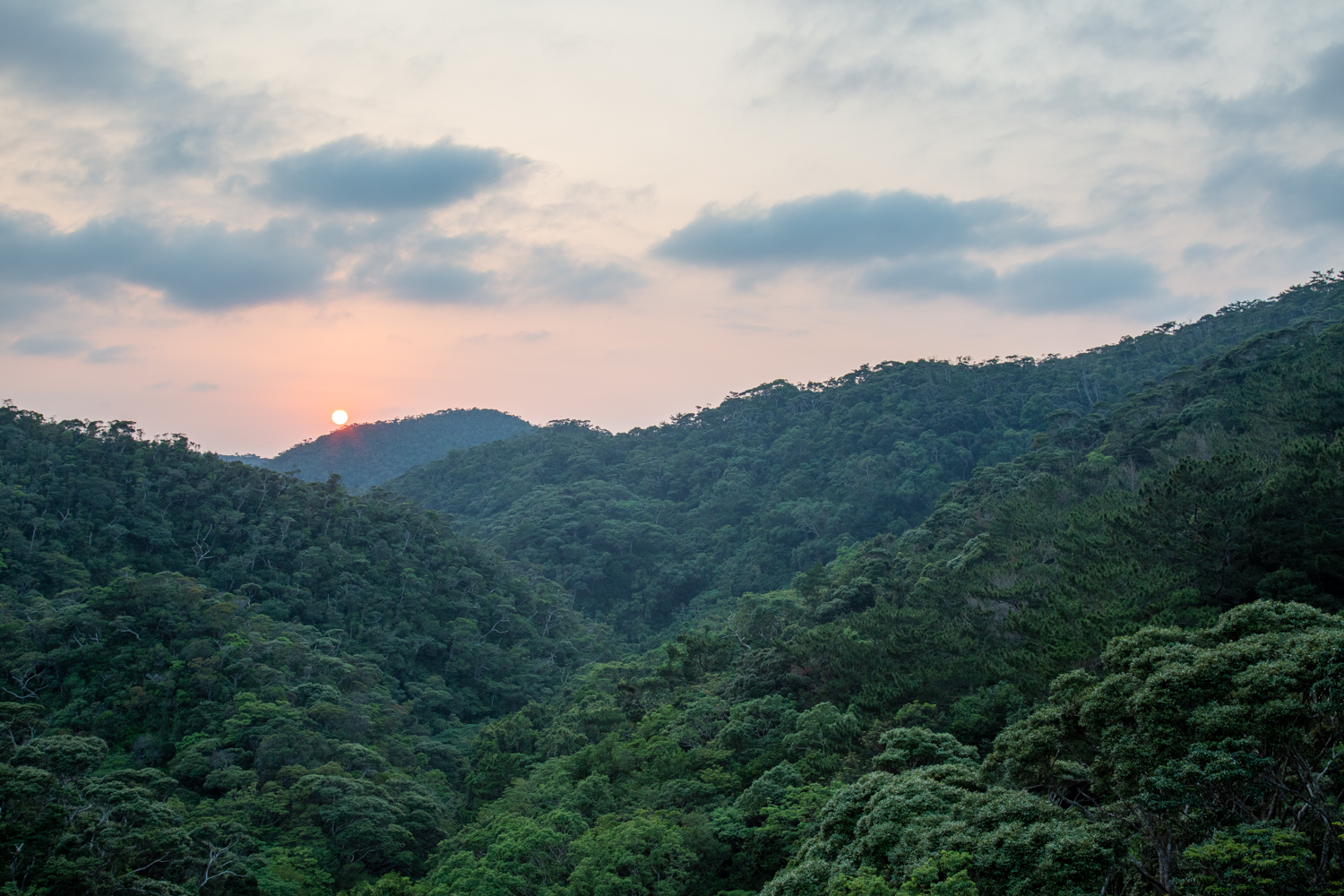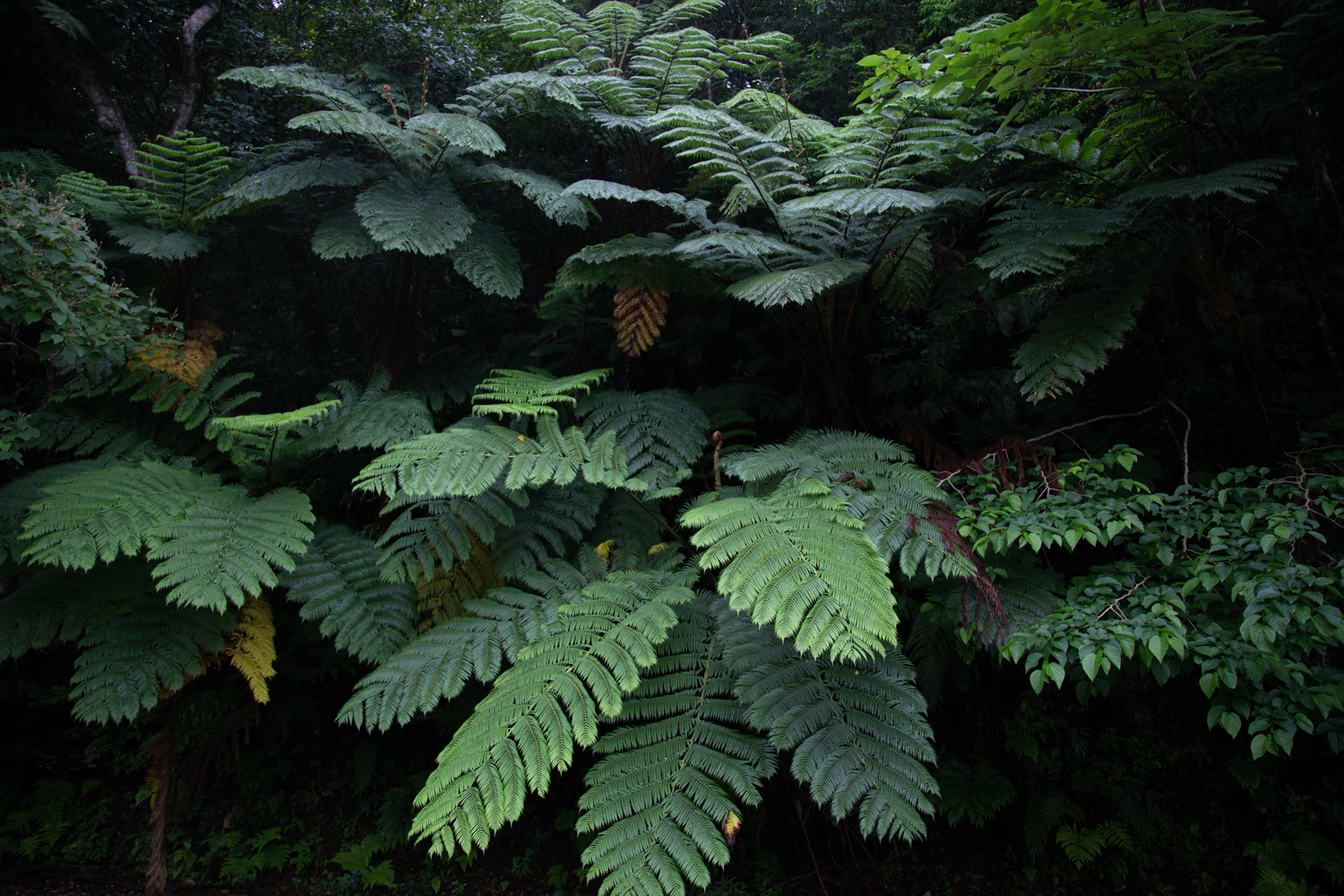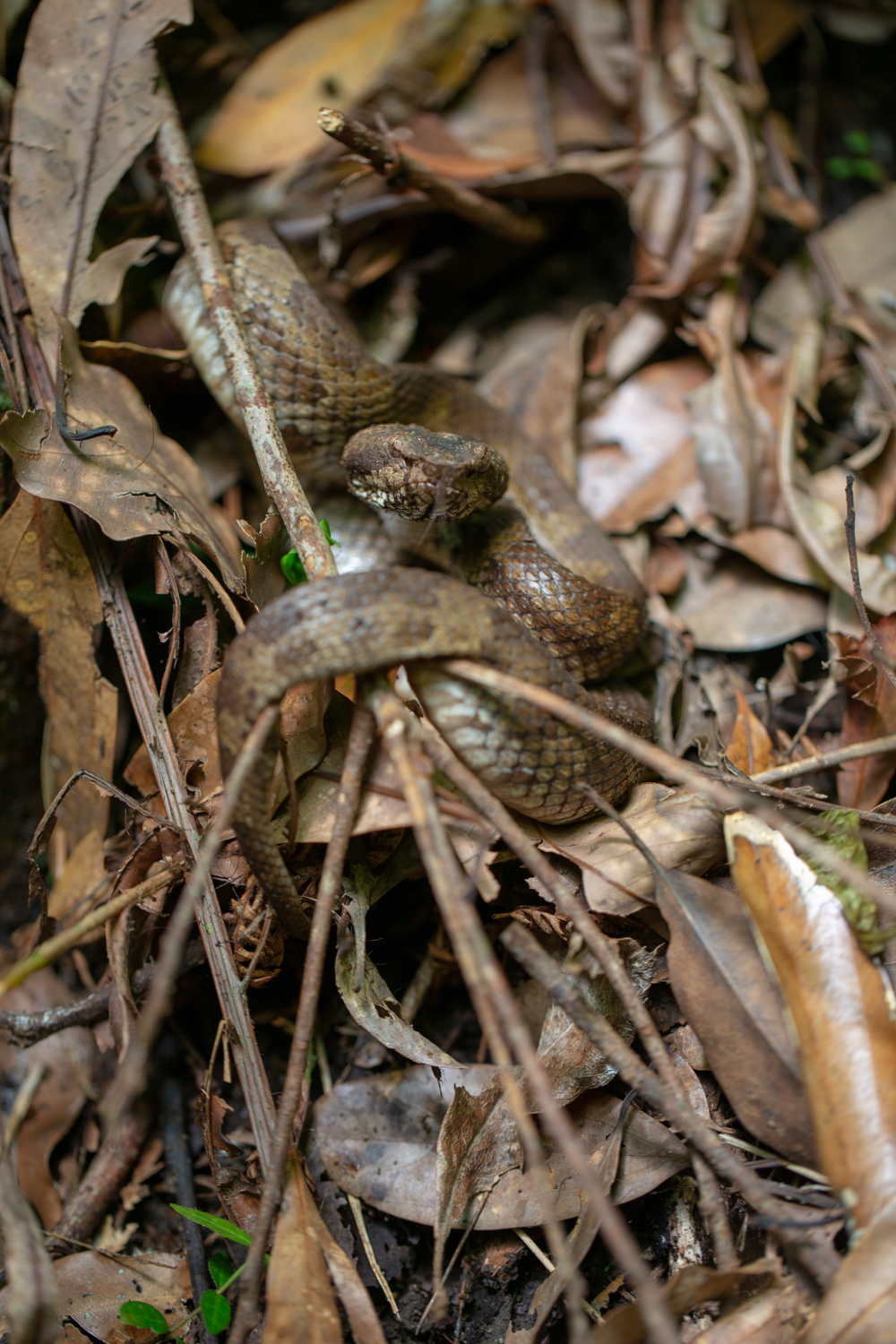Last month, a Turtle Conservancy team traveled to southern Japan to observe the Ryukyu black-breasted leaf turtle (Geoemyda japonica) in the field. This follow-up trip, 10 years after the first expedition, was organized to asses the status of this special little turtle in the wild, create relationships with key biologists in Japan, and to learn more about the natural history of this species.
This small turtle is endemic to the Ryukyu archipelago, and was designated as a national natural monument by the Japanese government in 1975. Handling, keeping or moving the species is strictly regulated by law. The turtle is currently assessed as Endangered by the IUCN Red List of Threatened Species.
Unfortunately, habitat loss due to agriculture and poaching for the pet trade are still threatening the species. This leaf turtle appreciate dense forest and steep rocky habitat, living in caves most of the time. They are omnivorous reptiles, eating worms, snails, insects, berries and other small fruits and prey.
We spent a few days in the tropical forest during the rainy season where the turtles live in order to take pictures and better understand their natural history. We were lucky enough to see turtles and also many other incredible animals such as the famous Habu (Protobothrops flavoviridis) and the endemic Okinawa rail (Gallirallus okinawae). Many mysterious creatures inhabit the forest and there is a lot more to learn about the ecology and conservation biology of these animals.
We were impressed by the awareness measures taken by the Japenese people / authorities to educate the local human residents about wildlife. There are indeed many signs and information displays in the forest to learn about wildlife. Nature is very well respected and efforts for conservation are great. Nevertheless, roadkill, poaching and the destruction of the forest remain to be the main threats of this turtle.
The Turtle Conservancy has been dedicated to the Ryukyu black-breasted leaf turtle for over 10 years. We maintain a group of these turtles at our southern California Conservation Center, and have successfully produced many offspring. Our goal is to support Japanese researchers in studying this species and protecting their habitat into the future…













